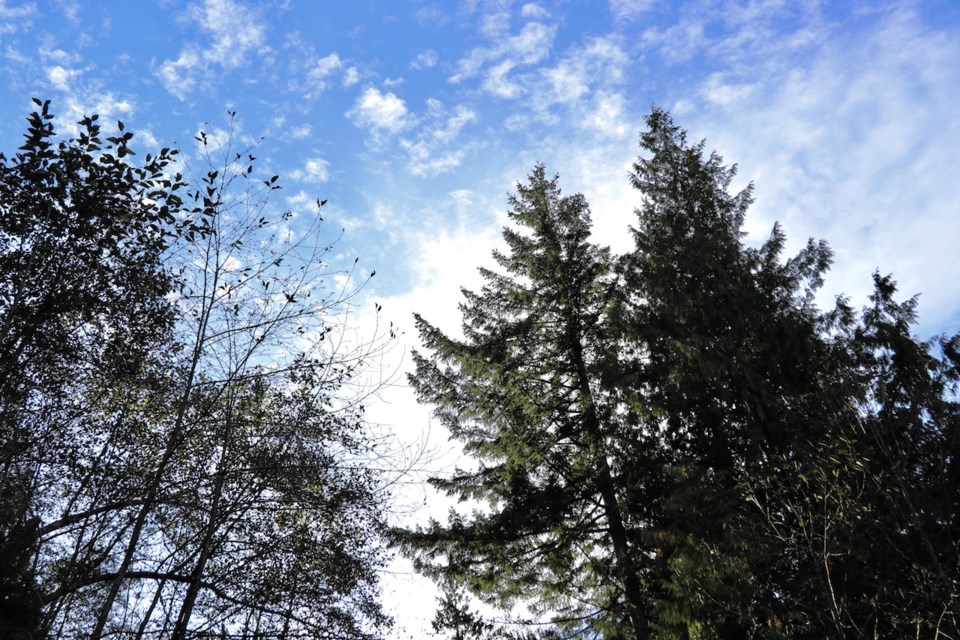In these dark wet autumn days, foragers delight in the plethora of mushrooms popping up all over the island. However, what we often call “mushrooms” are merely the fruiting body of a vast and ever-present filamentous fungi network underground, called mycelium.
It’s been a long time since I first saw Avatar, but any time mycelium comes up in conversation, I think back to that avant-garde movie. For most of us, it was the first time we’d ever heard of mycelium, and it was mind-blowing to consider that the Hometree and its “biological neural network” could be real.
In fact, mycelium is the most common species on earth. There are nearly 500 km of fungi under each footstep you take. One teaspoon of forest or rich garden soil contains several miles of fungal filaments.
What gets really fascinating is how trees and mycelium work together. They feed each other and can send “messages” back and forth. Of course, we assume that these “messages” are evolutionary pressured automatic responses to environmental stimuli, and not actual conscious language.
The concept of Avatar’s Hometree is called a hub tree or mother tree by modern scientists. They are the biggest and oldest trees, with deep roots. The finest tips of their roots connect to the fungal filaments in a communications network. Mother trees can recognize their seedlings, and can even form “communities” with neighboring trees of different species. For example, cedar and maple are on one network, hemlock and Douglas fir on another.
Trees share nutrients like carbon and water with each other through the mycelium network. In Bella Bella, B.C., scientists were able to track the carbon exchange in groups of trees that grew near salmon streams. Bears would eat fish on the shore, then the remains would be left to rot beneath the trees. The nitrogen in salmon has a very distinctive chemical marker, which the scientists were able to track as it passed from tree to tree in the network.
Whenever a tree in the network is under distress, from drought or disease or attack, it sends out chemical and electrical signals. The mother tree detects these signals through the mycelium network, and returns help in the form of water and nutrients.
Why would the fungal networks participate in the system? They definitely benefit from the arrangement. In fact, it resembles a tidy business exchange. The fungi consume 30 percent of the sugar released by the tree roots. As they process the sugar, they produce minerals like nitrogen and phosphorus, and the tree absorbs these into their own roots.
Whenever the biggest and oldest trees are cut down, the younger trees in their network can suffer greatly. Survival rates plummet, as the younger tries struggle to provide for each other, with their substantially less extensive root system. You might imagine that trees compete with each other for resources, but actually, trees live longer and reproduce more in a healthy stable forest with big hub trees as their anchors.
For more about mycelium networks and other cool mushrooms, check out Fantastic Fungi on Netflix, or read the classic book, The Hidden Life of Trees: What They Feel, How They Communicate.
Bowen Nature Club Members can learn about native mushrooms in person this Sunday, with a Members Only Mushroom Walk. Learn to identify and appreciate mushrooms with Dr. John Field (note: not a foraging event). Sunday, Nov. 7, 10 a.m. to 1 p.m. Free but requires preregistration. To register, email [email protected].



